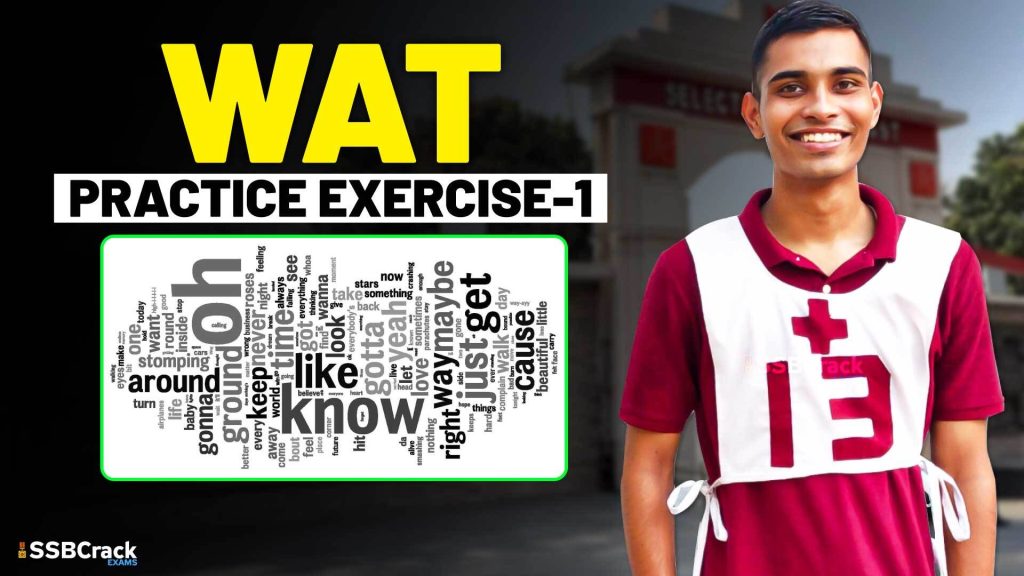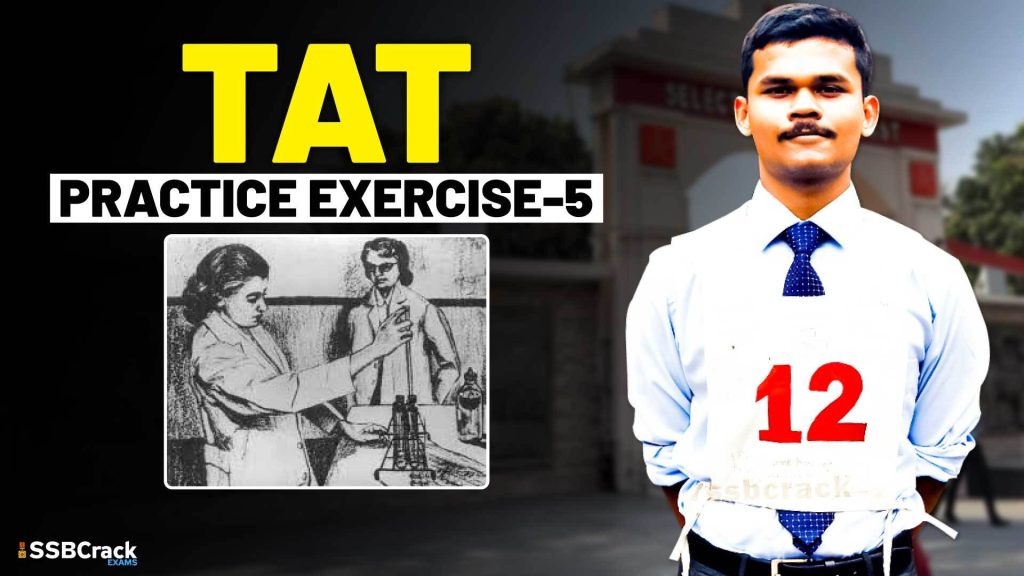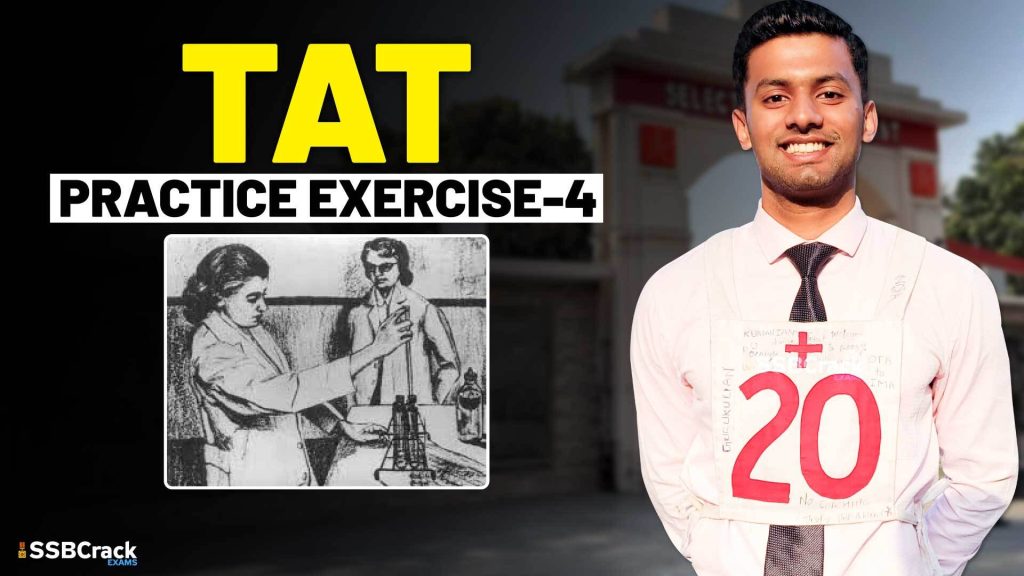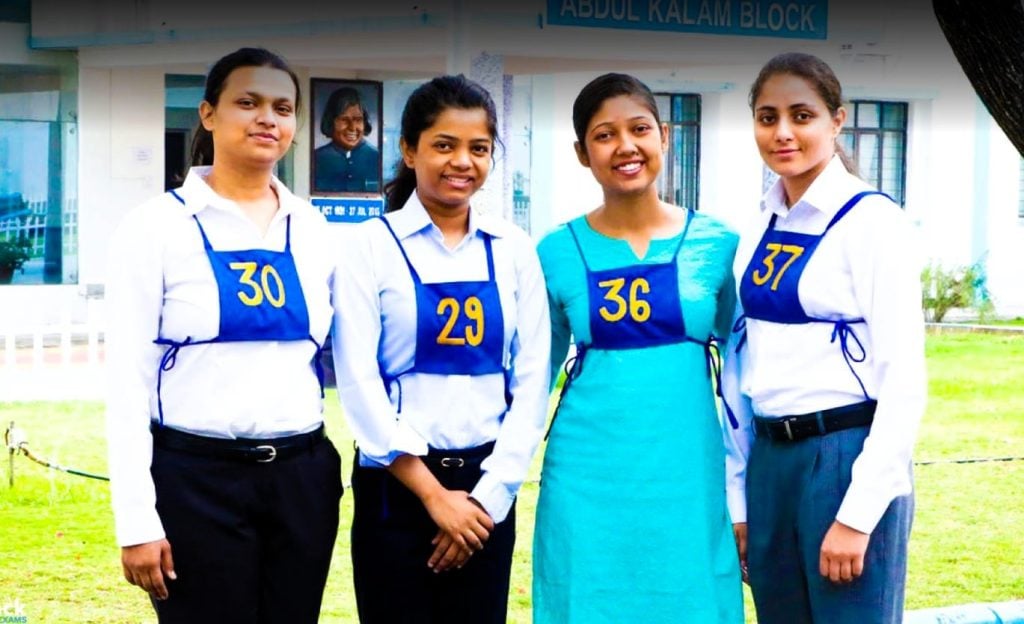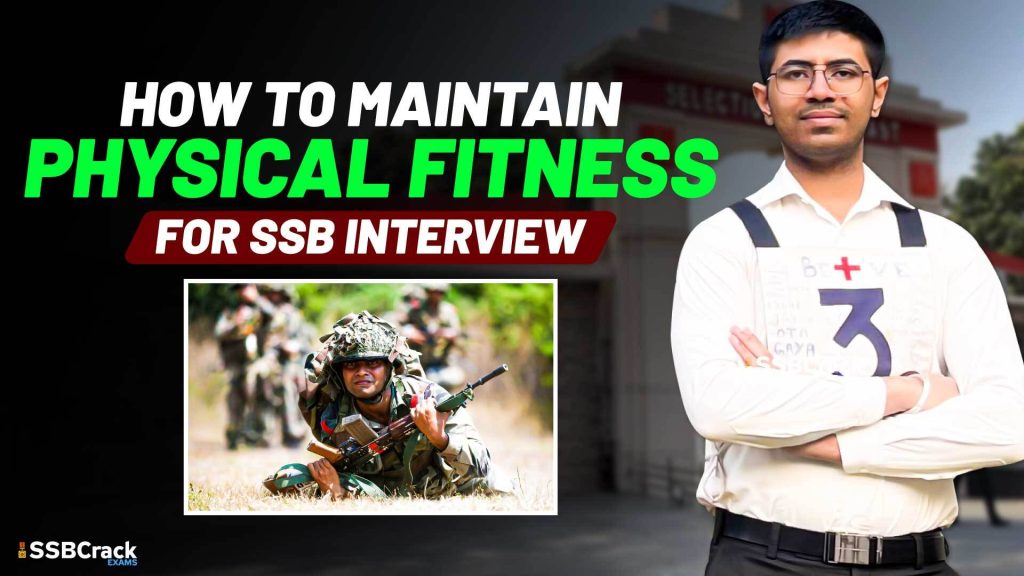In the Thematic Apperception Test (TAT), psychologists present a series of ambiguous pictures to candidates, who are then required to create stories based on these images. The pictures used in TAT are intentionally vague and open to interpretation, allowing assessors to gain insights into the candidate’s personality, thought processes, and emotional responses. The images typically depict a variety of scenarios, and candidates are expected to construct narratives that include details about the characters, the situation, and the unfolding events. While the specific content of TAT images is not standardized, common themes include:
- Social Situations:
- Pictures might depict social scenarios, such as gatherings, meetings, or interactions between individuals. These scenarios are used to assess a candidate’s understanding of interpersonal relationships and social dynamics.
- Challenging or Ambiguous Scenes:
- Some images present challenging or ambiguous situations where characters may be facing dilemmas, conflicts, or uncertainties. These scenarios help assess adaptability, problem-solving skills, and the candidate’s response to ambiguity.
- Outdoor Settings:
- Pictures often include outdoor settings, such as landscapes, natural scenes, or activities in open spaces. These images may be used to assess the candidate’s connection with nature, preferences, and reactions to environmental elements.
- Professional or Work Contexts:
- Some images portray professional or work-related settings, including offices, workplaces, or individuals engaged in tasks. These scenarios help assess leadership qualities, decision-making, and the candidate’s approach to responsibility.
- Family or Personal Situations:
- Pictures may represent family or personal situations, including celebrations, family gatherings, or individuals in personal settings. These scenarios provide insights into the candidate’s values, emotional responses, and interpersonal skills.
- Action or Dynamic Scenes:
- Dynamic or action-oriented images may be included to assess how candidates respond to situations that require quick decision-making and a proactive approach. These scenarios evaluate leadership potential and the ability to handle dynamic environments.
Conclusion:
It’s important to note that the images used in TAT are intentionally ambiguous, and there is a degree of subjectivity in the interpretation. The goal is not to have a “correct” or “incorrect” response but to understand how candidates approach and construct narratives based on the presented stimuli. The diverse range of images ensures that the TAT can capture various aspects of a candidate’s personality, including their cognitive abilities, emotional intelligence, and leadership potential.
